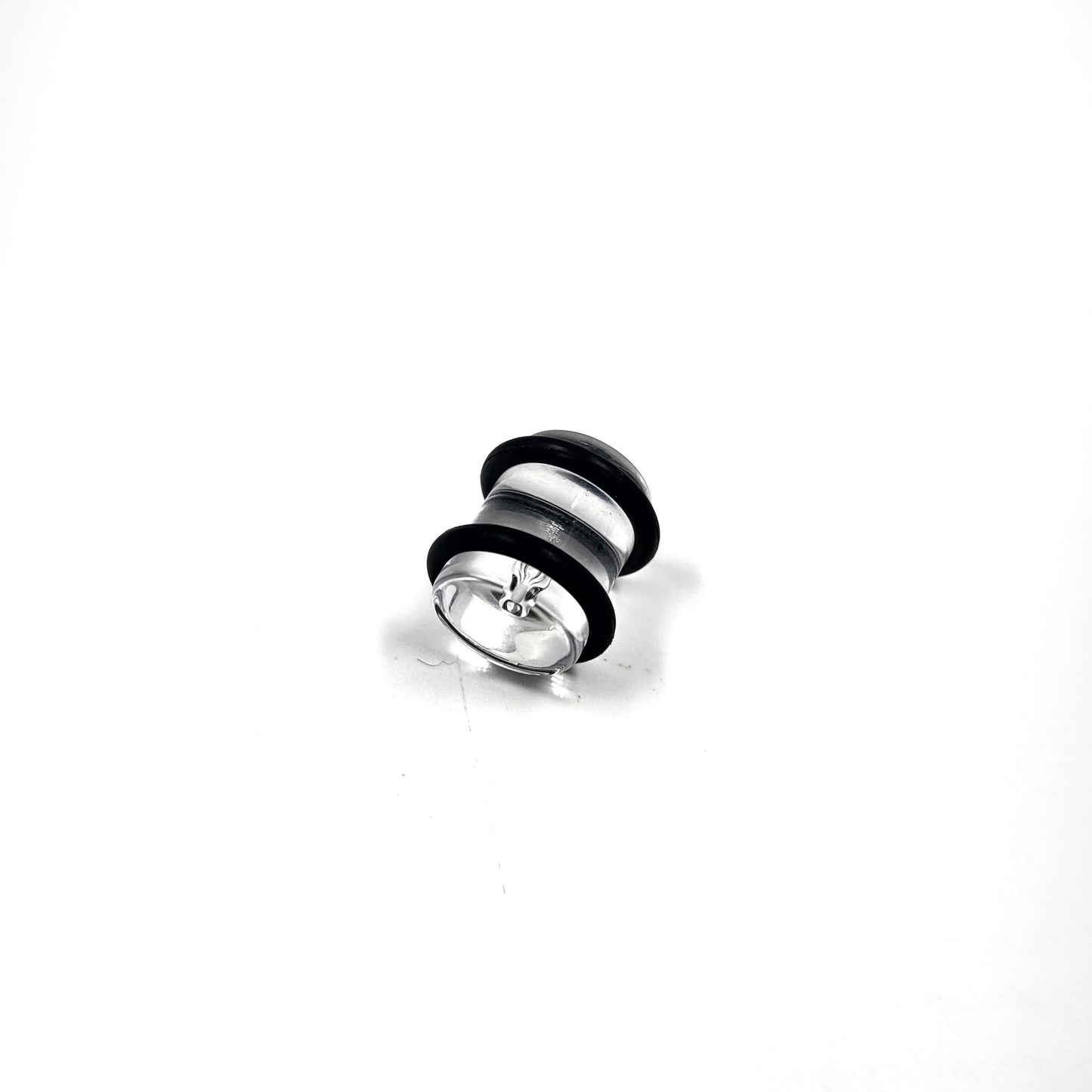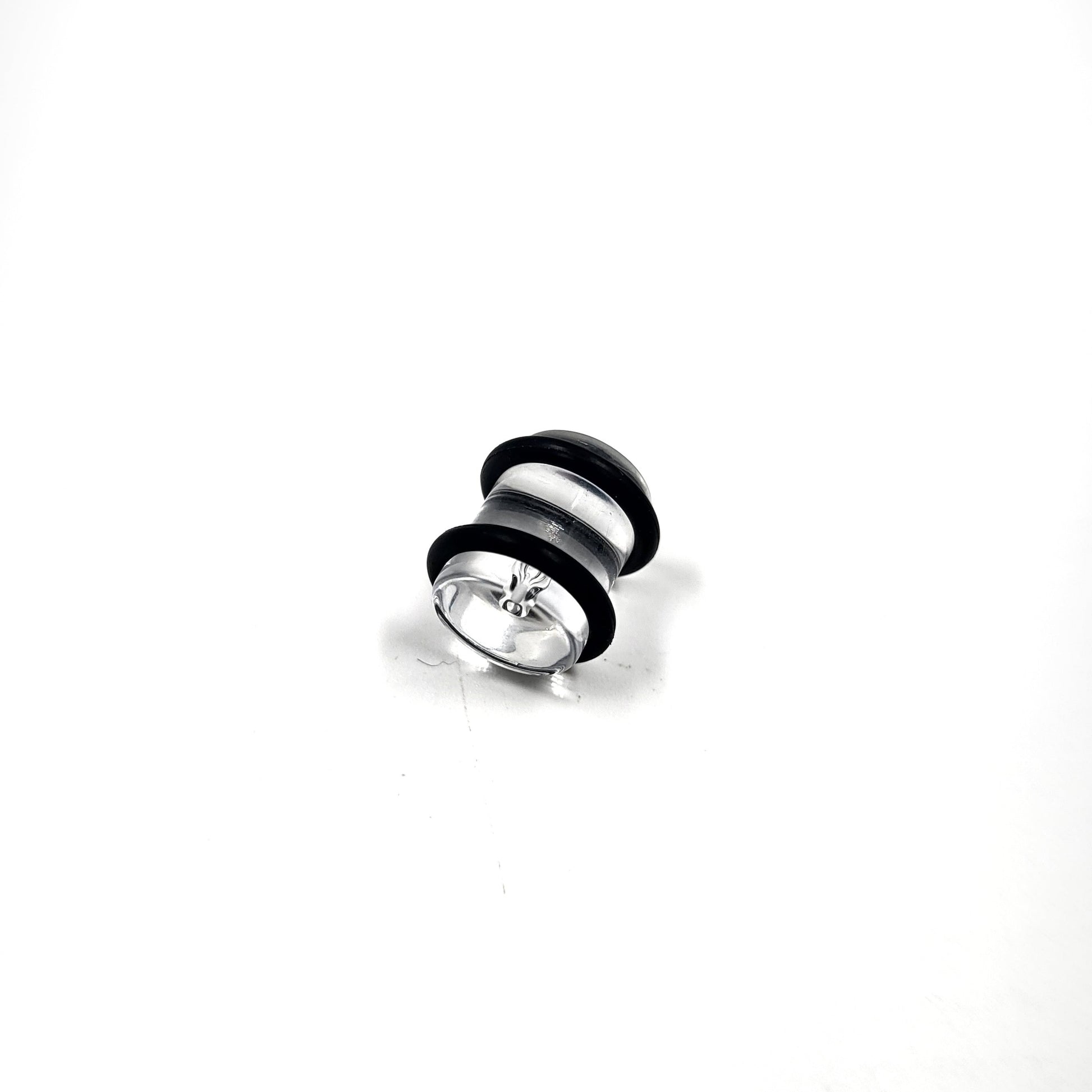1
/
of
1
Ear Stretcher Plug Clear
Ear Stretcher Plug Clear
Regular price
£4.99 GBP
Regular price
Sale price
£4.99 GBP
Worldwide Shipping
Quantity
Couldn't load pickup availability
Share





